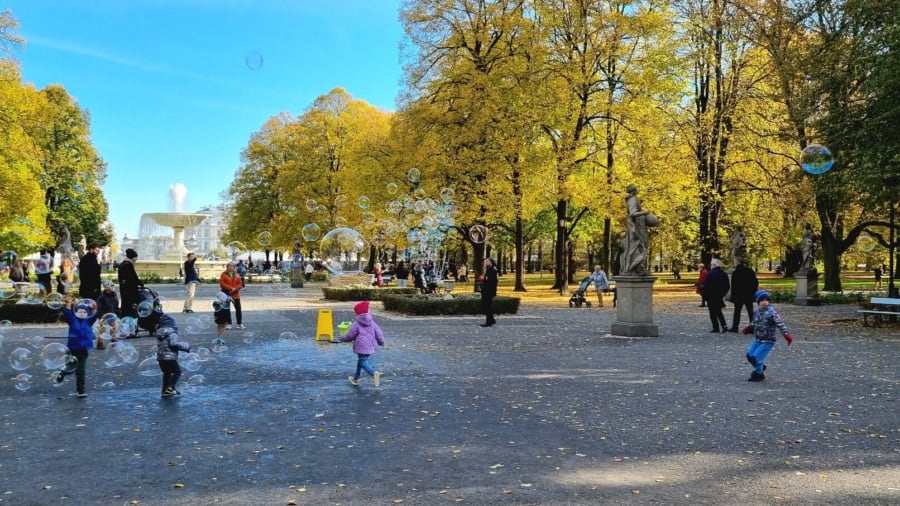The Saxon Garden in Warsaw may not quite have the grandeur of the city’s Royal Łazienki Park and Wilanów Park. However, it is still a stunning little green space for those seeking to unwind. Moreover, the Saxon Garden is just a stone’s throw from the Presidential Palace and Warsaw’s famous Krakowskie Przedmieście street on the city’s Royal Route. Perfect if you want to venture away from the main drag for a while.
A Brief History of the Saxon Garden in Warsaw
The history of Warsaw’s Saxon Garden is firmly connected with the Saxon Palace. This building once stood in the area where the present-day Tomb of the Unknown Soldier is located.
Interestingly, the Saxon Palace originates from the Morsztyn Palace, which dates from the second half of the 17th century. In 1713, King Augustus II bought the building which represented a Baroque residence with French roots.
King Augustus II set out to expand and remodel the palace as part of his architectural concept of the Saxon Axis. Essentially, the Saxon Axis is a line which runs from the Vistula River through the Presidential Palace, Krakowskie Przedmieście Street, Saxon Square (now Piłsudski Square), the Saxon Garden, Lubomirski Palace and on to Plac Żelaznej Bramy (Iron Gate Square) and the present-day Mier Halls (Hale Mirowskie). Renovation work on the palace was completed in 1748 during the reign of Augustus II’s son, King Augustus III. The park started from the back façade of the palace, while the central avenue led directly to the palace. This was typical in French parks of the era.
When it comes to the Saxon Garden, King Augustus II intended to construct a large Royal palace surrounded by a French-style garden. The park was founded in the late 17th century. It wasn’t opened to the public until May 27, 1727. The garden gained tremendous popularity among the residents of Warsaw in no time.
Key Developments and Construction Projects in the Saxon Garden in Warsaw after 1727
After opening to the public in 1727, the Saxon Garden gained a number of distinct features and buildings and also underwent several significant makeovers.
Operalnia
In 1748, King Augustus III ordered the building of Operalnia in the garden. The theatre was modelled on the Small Theatre in Dresden. Undoubtedly, the cultural development of Polish people thrived in the theatre. However, it was demolished in 1772.
The Impact of the 1794 Kościuszko Uprising
During the 1794 Kościuszko Uprising against Russian and Prussian influence on the Polish-Lithuanian Commonwealth, the Saxon Garden in Warsaw suffered significant devastation.
According to the design of British architect, James Savage, the Saxon Garden assumed the style of a romantic English-style landscape park in the years 1816–1827. With a policeman standing at each gate to the garden, those deemed too scruffy, intoxicated people, Jews in traditional costumes, and unaccompanied children under the age of 14 were prohibited from entering the fenced area.
Water Tower
Let’s jump forward to the 1850s. It was becoming clear then that Warsaw needed more and more water. The city authorities had to solve the issue of the elevation of the Vistula escarpment and pump river water up to the high, left-bank part of the city. Italian-Polish architect, Henryk Marconi, came to the rescue with a waterworks that could overcome the height barrier and bring water from the Vistula up to the city.
Construction of the Marconi Waterworks commenced in 1851. The water tower in the Saxon Garden was known as the water reservoir (wodozbiór). Its shape was modelled on the Roman temple of Vesta in Tivoli near Rome. On June 16, 1855, the first Warsaw municipal waterworks was launched, carrying water from the Vistula through a pumping station on Karowa Street. Water from the reservoir was distributed to sixteen street springs and four fountains in different parts of the city. The most spectacular fountain is in the Saxon Garden itself, preserved to this day.
Marconi’s Waterworks operated until 1889. It was replaced by the Lindley waterworks, which was launched in 1886.
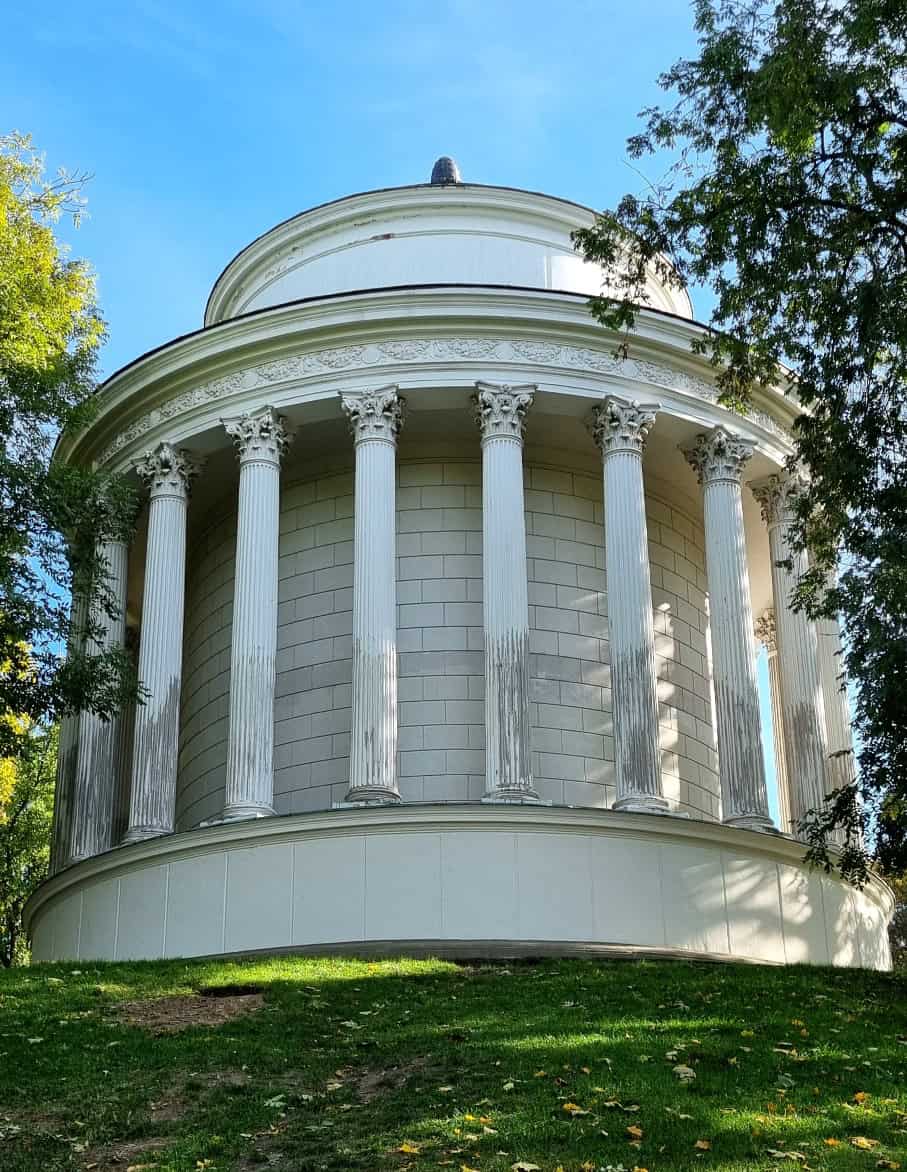
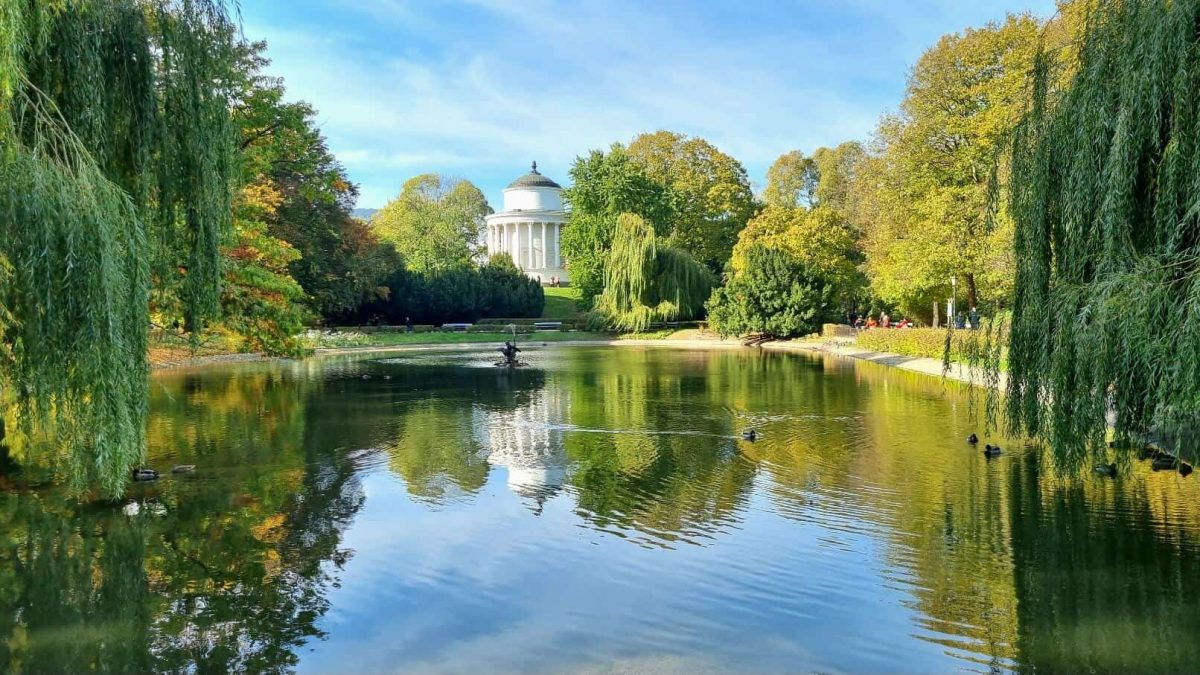
The Saxon Garden during and after the Second World War
Like most of Warsaw, the Saxon Garden suffered fires during the Second World War. In September 1939, the Summer Theatre, which was built in 1970, was hit by a bomb and was never restored.
The residents of Warsaw could only enter the Saxon Garden from April 1945, after the park had been cleared of mines.
Other notable developments concerning the Saxon Garden soon after the end of the Second World War include the removal of the fence surrounding the park. Moreover, the Saxon Garden was enlarged by adding the Zamoyski garden (from Senatorska Street) and the garden belonging to the Ministry of Foreign Affairs (from Wierzbowa Street).
Photo Time
First of all, I was fortunate to visit the Saxon Garden in Warsaw on a sunny day in October 2024. As you can see in the pictures below, the Polish Golden Autumn had begun to do its thing, thus making for some lovely photographs:
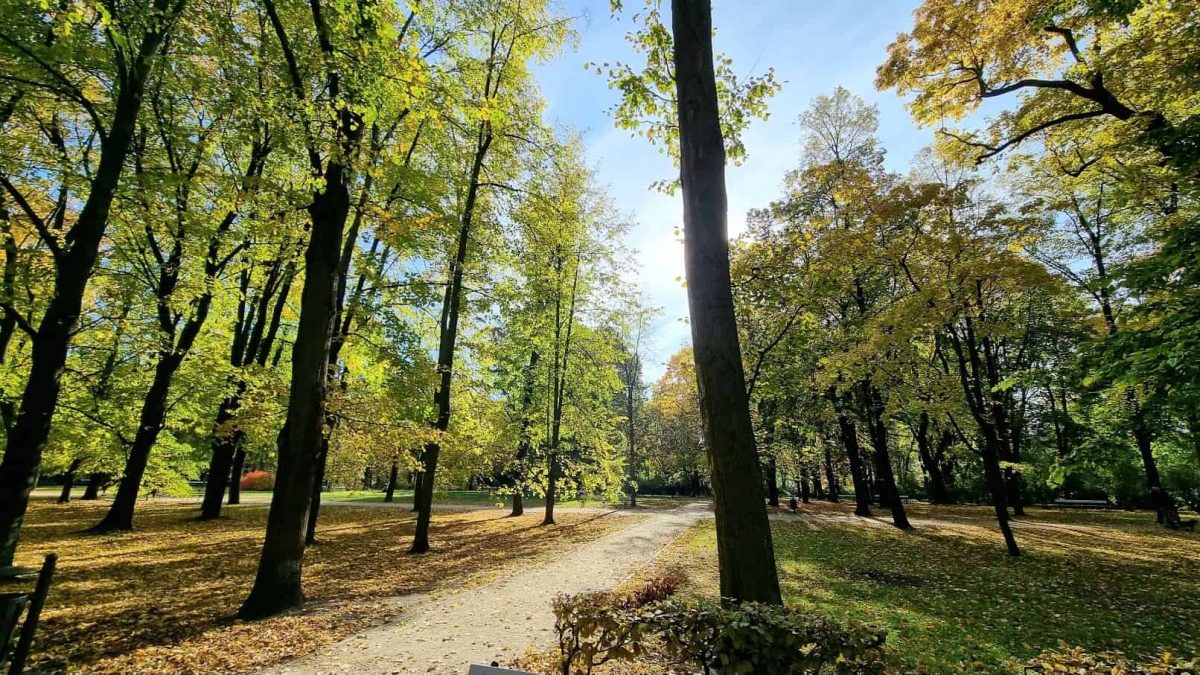
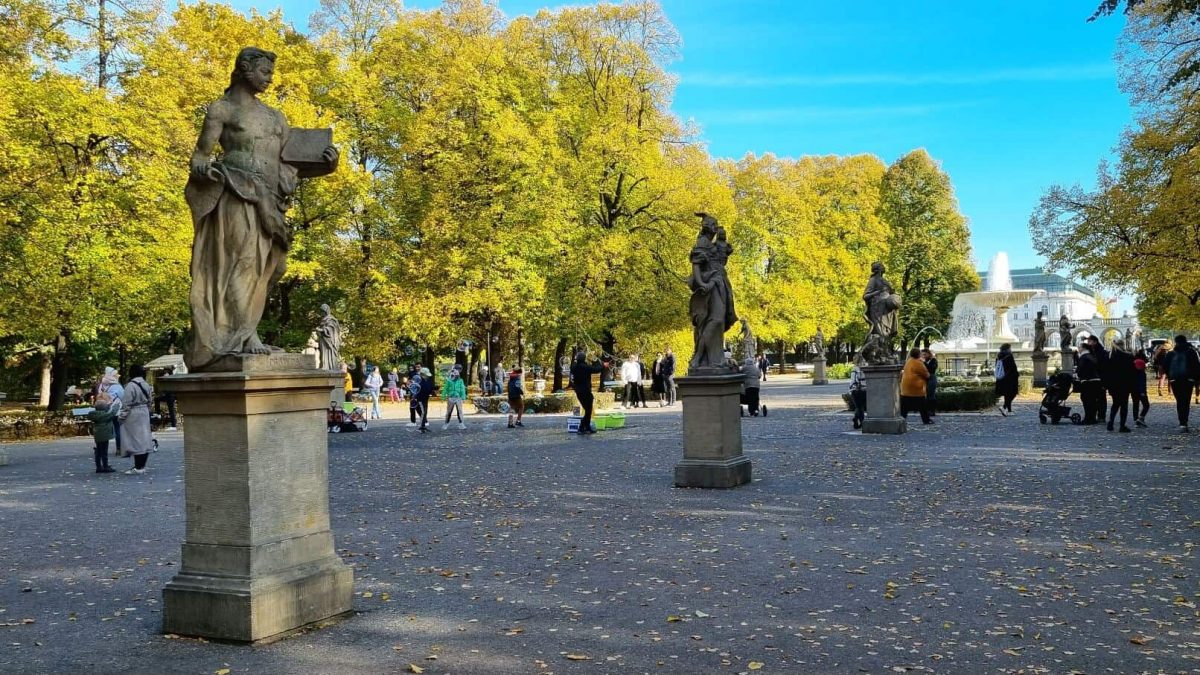
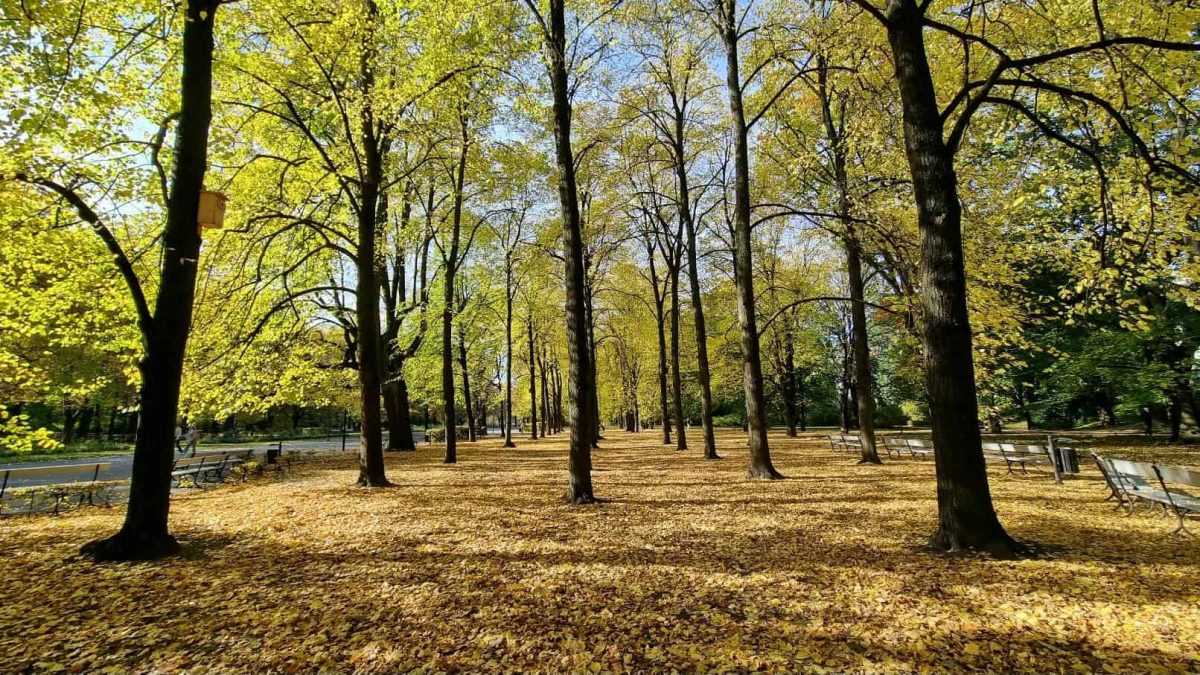
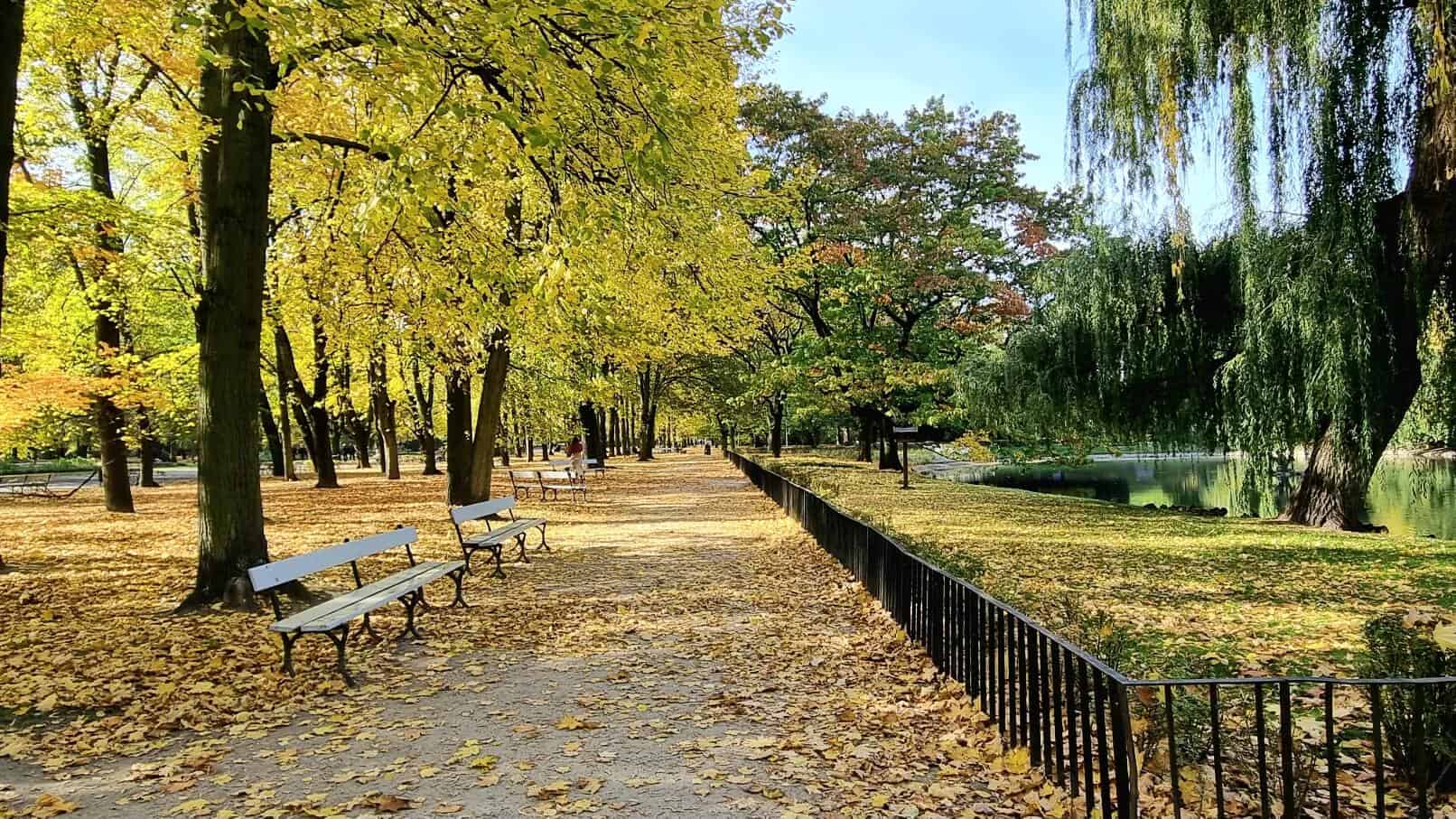
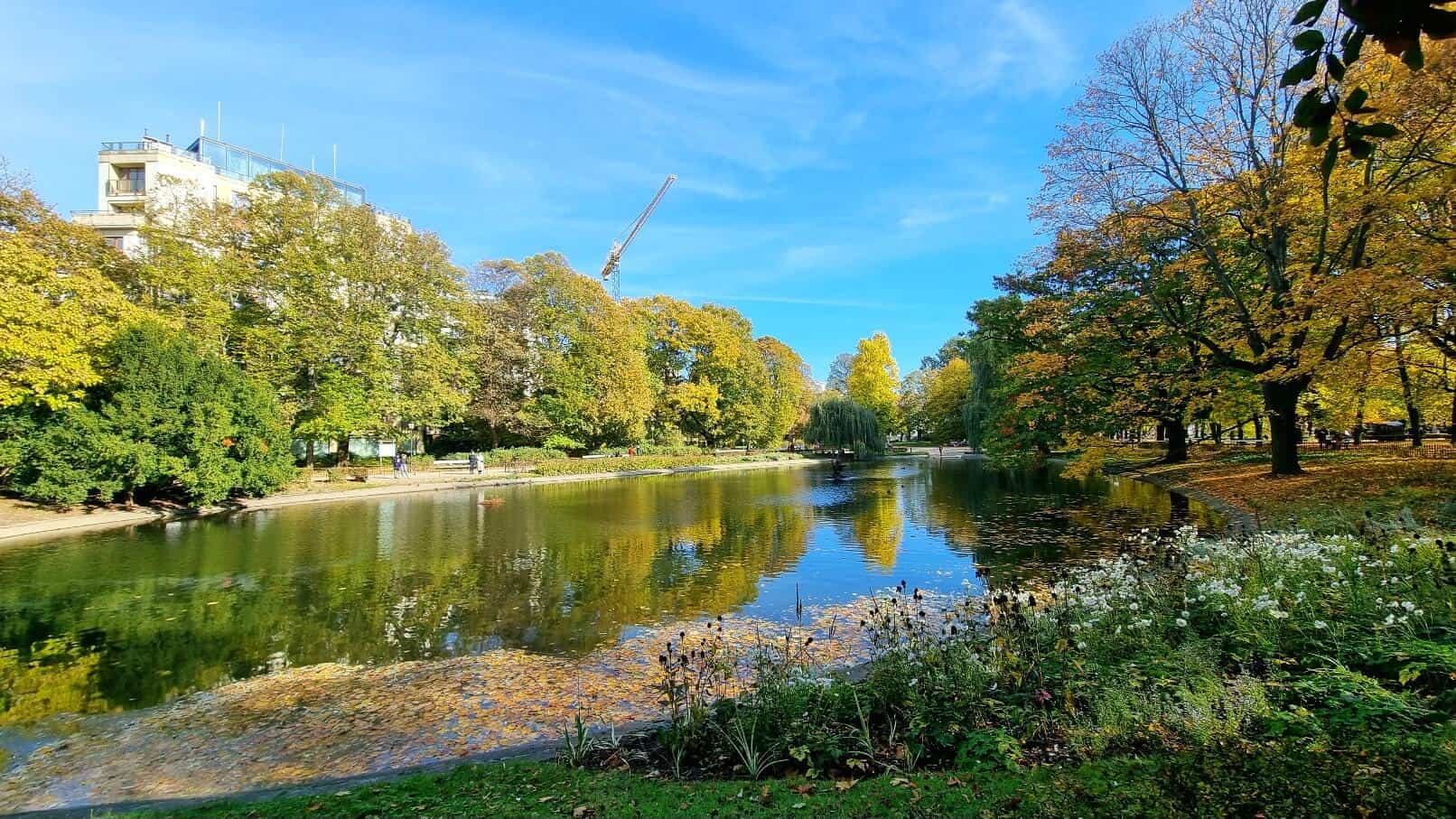
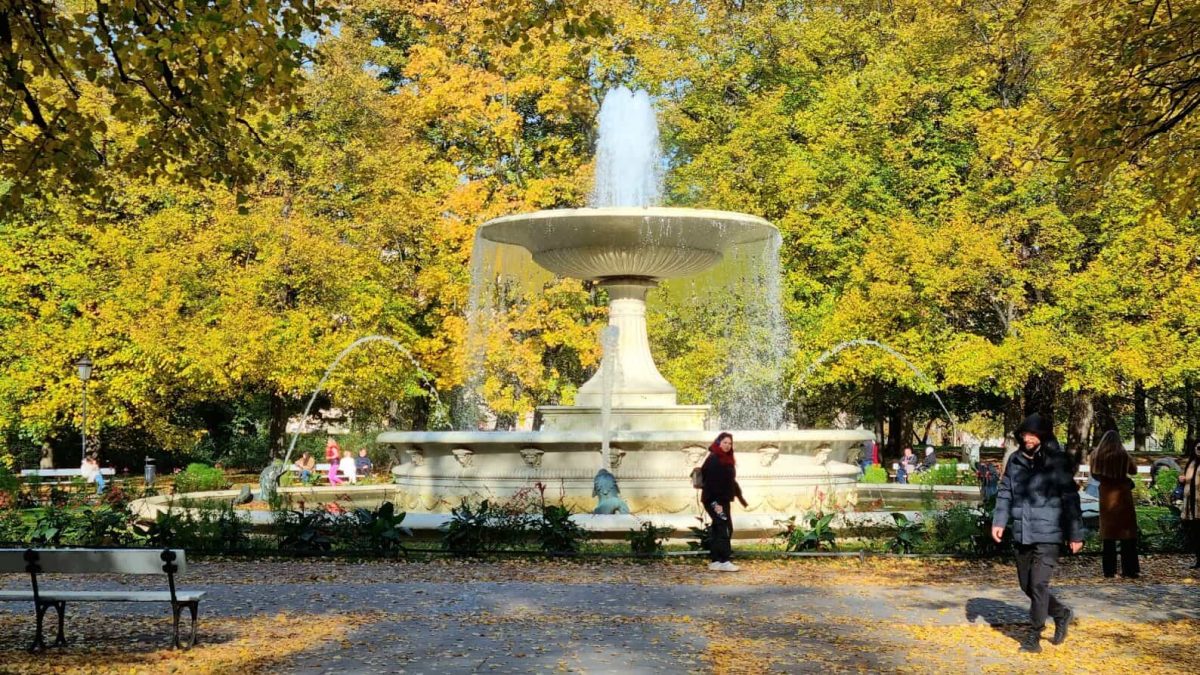

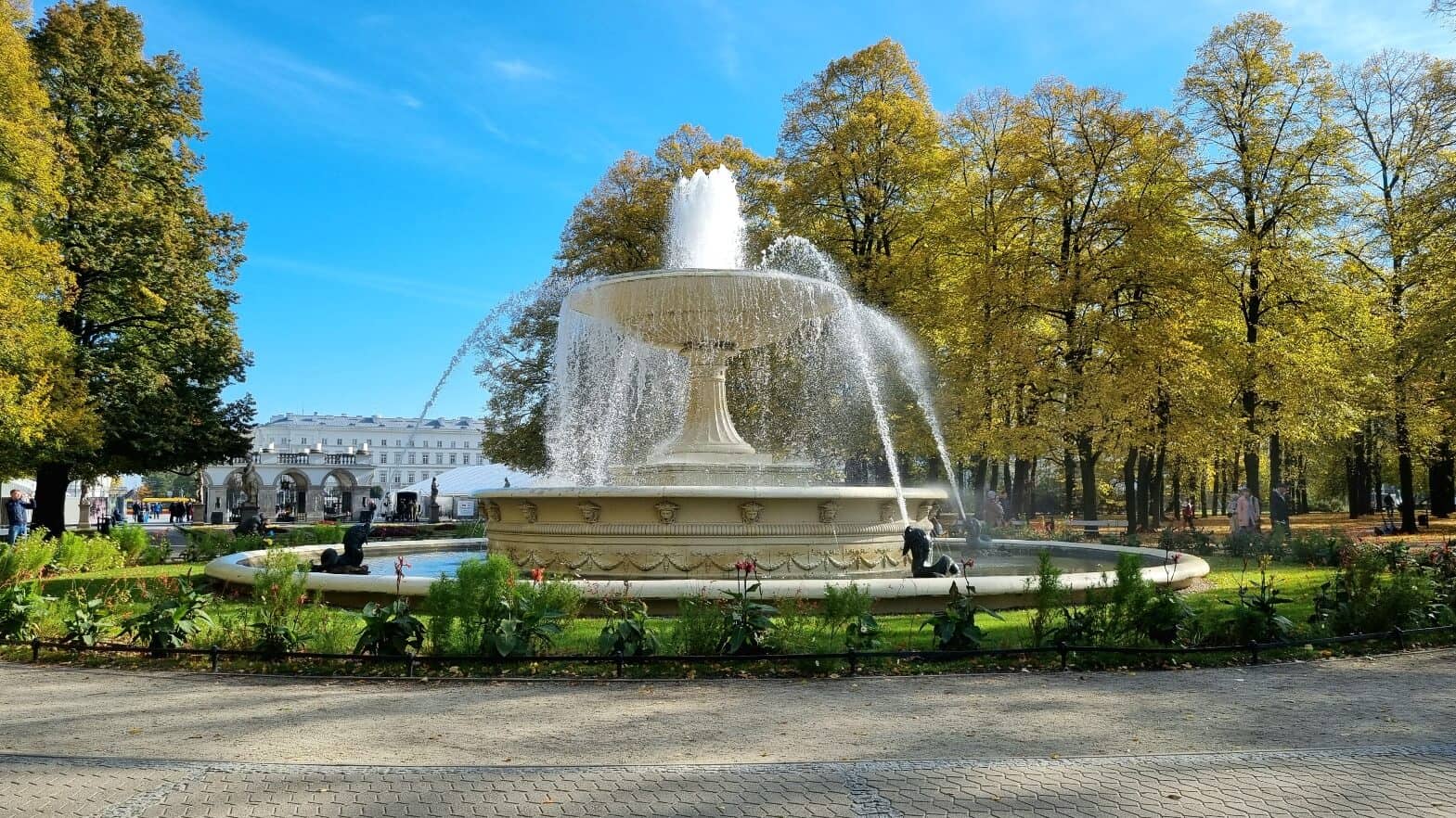
Final Thoughts
Back in the early eighteenth century, the Saxon Garden in Warsaw was one of the first publicly accessible parks in the world. The fact that the park is beautiful and also has the weight of history behind it should make it a no-brainer as to whether to leave the main drag (Krakowskie Przedmieście) and head to the park for a little while. It’s just a five-minute walk.

